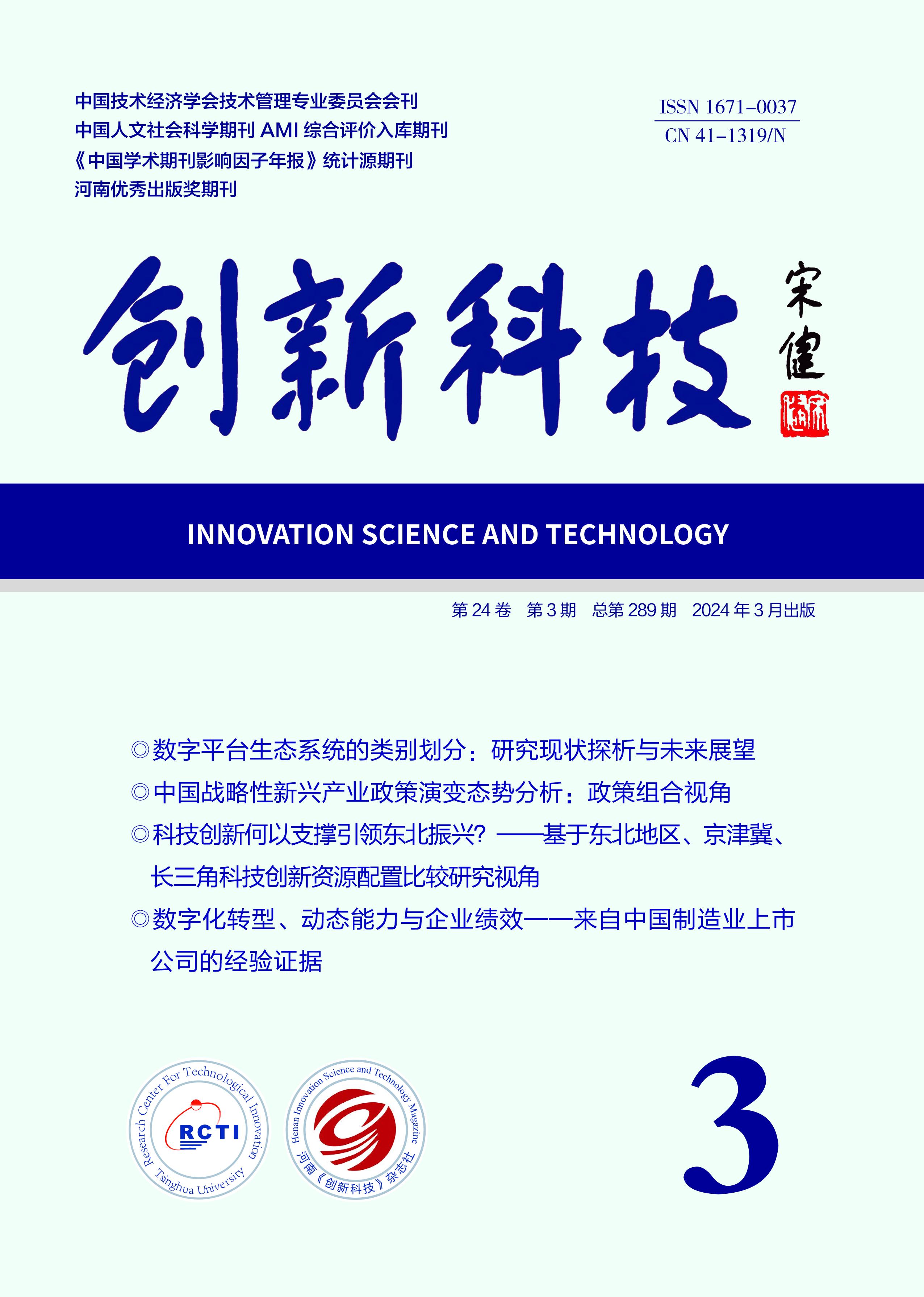INNOVATION SCIENCE AND TECHNOLOGY
Quick Search

All publication are peer-review
Peer review will take the from of double-blind review Judge objectively and impartially
There is no conflict of interest for the reviewer
Review articles shall be kept strictly confidential prior to publication
Industrial Technology Progress
Analysis of Effect of Digital Economy on the Application of Indus⁃ trial Artificial Intelligence
Zhao Jincai, Du Yongmeng
(Business School, Henan Normal University, Xinxiang 453007, China)
Abstract: China has become a country with a robust industrial system globally, but there are still challenges such as a weak foundation in high-tech industries. The advancement of intelli⁃ gent industries is crucial for constructing a modern industrial system and promoting low-carbon economic development. The application of industrial artificial intelligence is a key factor in the development of intelligent industry. Moreover, the digital economy plays a critical role in indus⁃ trial transformation, directly influencing the development of intelligent industries in China. In this study, 30 provinces in China are analyzed using socio-economic panel data from 2012 to 2022. Several models, including the spatial Durbin model, mediating effect model, and panel threshold model, are used to empirically analyze the impact of the digital economy on the appli⁃cation of industrial artificial intelligence. Firstly, this paper provides an overview of the temporal development trends of China's digital economy and the application of industrial artificial intelli⁃ gence. Then, by constructing spatial weight matrices, covering the spatial adjacency weight ma⁃ trix, spatial distance weight matrix, and economic spatial distance weight matrix, the influence and mechanism of digital economy on industrial artificial intelligence application are revealed. The empirical results indicate that the digital economy significantly promotes the application of industrial artificial intelligence and exhibits a notable positive spatial spillover effect. This con⁃ clusion remains robust through stability tests, confirming its reliability. Furthermore, a mediating effect model is used to explore the mechanism through which the digital economy affects the ap⁃ plication of industrial artificial intelligence, focusing on technological innovation, urbanization, and industrial structure upgrading. The mechanism test results reveal that the digital economy promotes the application of industrial artificial intelligence through these channels. Additionally, in order to investigate the non-linear relationship between the digital economy and the applica⁃ tion of industrial artificial intelligence, a panel threshold model is employed. The threshold ef⁃ fect test shows that population density has a significant threshold effect on the impact of the digi⁃ tal economy on the application of industrial artificial intelligence. Specifically, when population density is the threshold variable, the effect of the digital economy on the application of industrial artificial intelligence increases significantly after reaching the threshold value. Finally, based on geographical location, a heterogeneity test is conducted by dividing the study area into eastern, central, and western regions. Results of the heterogeneity test indicate that the digital economy significantly promotes the application of industrial artificial intelligence in the central region of China, with a notable positive spatial spillover effect. However, the impact of the digital economy on the application of industrial artificial intelligence in the eastern and western regions is not sig⁃ nificant. Overall, this paper contributes to the theoretical framework in the fields of digital economy development and industrial artificial intelligence to some extent.
Key words: digital economy; application of industrial artificial intelligence; spatial Durbin model; mediating effect; threshold effect